The world of digital audio is built upon mathematical foundations that determine how accurately sound can be captured, stored, and reproduced. Among these principles, the Nyquist frequency stands as a cornerstone concept that shapes the entire field of digital audio engineering. Without this critical threshold, modern music production, telecommunication, and multimedia would sound drastically different—if they could exist at all.
Named after Swedish-American engineer Harry Nyquist, the Nyquist frequency represents half of the sampling rate used in a digital audio system. When audio engineers discuss sample rates of 44.1 kHz or 48 kHz in recording studios, they're implicitly referencing Nyquist's groundbreaking work at Bell Labs in the 1920s. This principle doesn't merely suggest best practices—it defines the absolute boundary between possible and impossible in digital audio conversion.
The sampling theorem states that to perfectly reconstruct a continuous signal from its samples, the sampling frequency must be at least twice the highest frequency present in the original signal. This means when recording audio at 44.1 kHz (the standard for CD-quality audio), the system can theoretically capture frequencies up to 22.05 kHz—just beyond the range of human hearing. The brilliance of this principle lies in its elegant simplicity: double the sampling rate, double the maximum representable frequency.
In practical applications, audio engineers must consider more than just the bare minimum requirements. While the Nyquist theorem provides the theoretical framework, real-world implementations require careful attention to what happens near that critical frequency boundary. Aliasing distortion occurs when frequencies above the Nyquist limit sneak into the sampled signal, creating artificial low-frequency artifacts that weren't present in the original sound. This phenomenon explains why professional audio equipment always includes anti-aliasing filters—steep low-pass filters that aggressively eliminate frequencies above the Nyquist limit before sampling occurs.
The relationship between sample rate and bandwidth has led to fascinating developments in audio technology. High-resolution audio formats boasting 96 kHz or even 192 kHz sampling rates claim to offer superior sound quality, though the actual audible benefits remain hotly debated among audio professionals. What's undeniable is that these ultra-high sampling rates push the Nyquist frequency far beyond the range of human hearing, theoretically eliminating any possibility of audible aliasing while providing additional headroom for digital signal processing.
Modern digital audio workstations and plugins have transformed how musicians and engineers interact with the Nyquist limit. Time-stretching algorithms, pitch-shifting tools, and complex synthesizers all must contend with the fundamental constraints imposed by the sampling theorem. Developers of these tools employ sophisticated oversampling techniques to temporarily work at higher sample rates during processing, effectively creating a "safe zone" where frequencies can be manipulated before being filtered back down to the target sample rate.
Telecommunication systems rely equally heavily on Nyquist's principles, though often at much lower sample rates than music production. The standard 8 kHz sampling rate used in telephone systems yields a 4 kHz Nyquist frequency—adequate for speech intelligibility while conserving bandwidth. This practical application demonstrates how the same mathematical principle scales across different domains, always maintaining that crucial 2:1 ratio between sampling rate and maximum frequency representation.
As audio technology continues evolving into new domains like spatial audio and immersive formats, the Nyquist frequency remains as relevant as ever. Engineers working on Dolby Atmos systems or binaural audio for virtual reality must consider how these principles apply to three-dimensional sound reproduction. The mathematics grows more complex, but the fundamental relationship between sampling rate and bandwidth persists across all these applications.
The next time you stream a song, make a phone call, or watch a movie with digital surround sound, remember that these experiences all depend on a mathematical discovery made nearly a century ago. The Nyquist frequency isn't just some abstract technical specification—it's the invisible foundation supporting our entire digital soundscape. From the lowest-quality VoIP call to the most pristine high-resolution audio master, this principle quietly ensures that our digital representations of sound remain faithful to the analog vibrations that first created them.
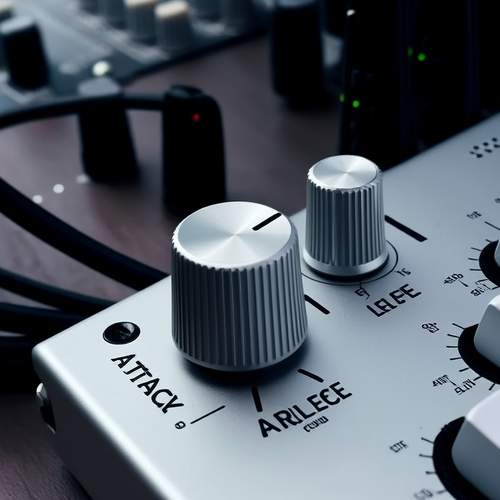
By /May 30, 2025
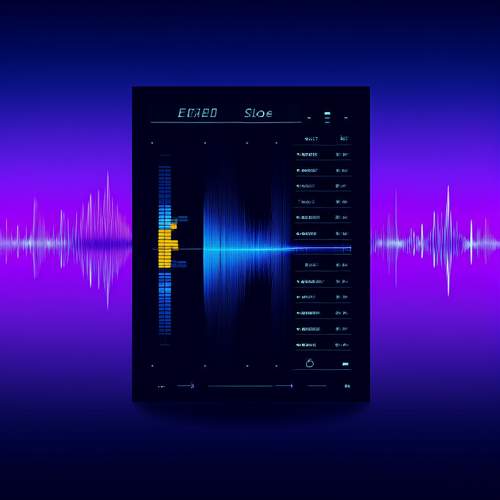
By /May 30, 2025
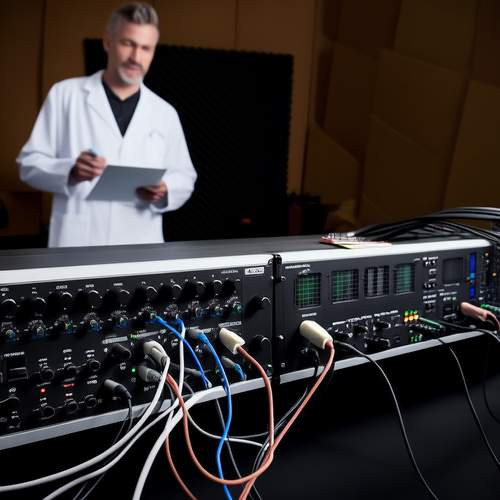
By /May 30, 2025
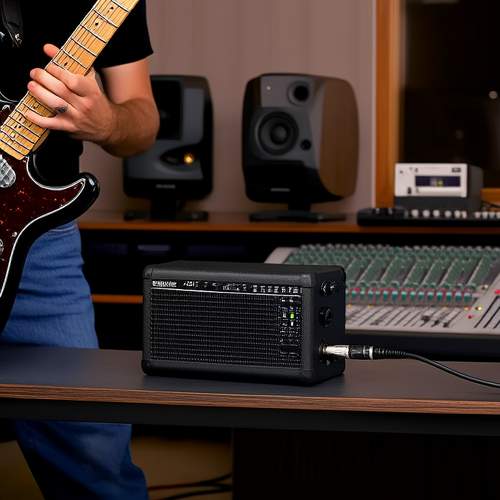
By /May 30, 2025
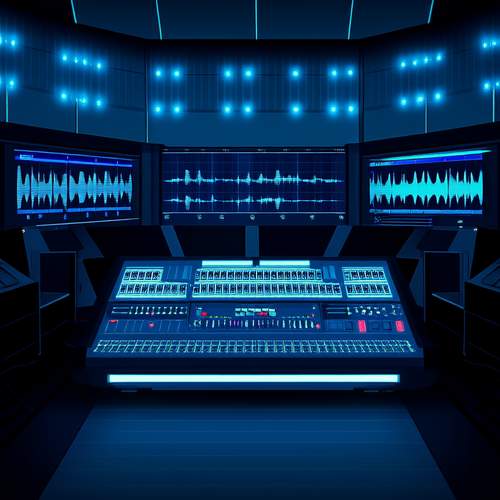
By /May 30, 2025

By /May 30, 2025
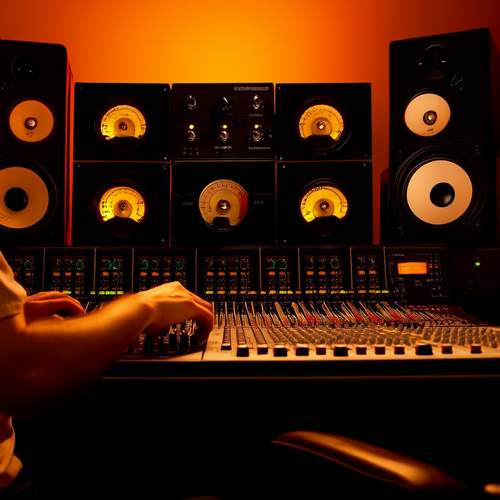
By /May 30, 2025
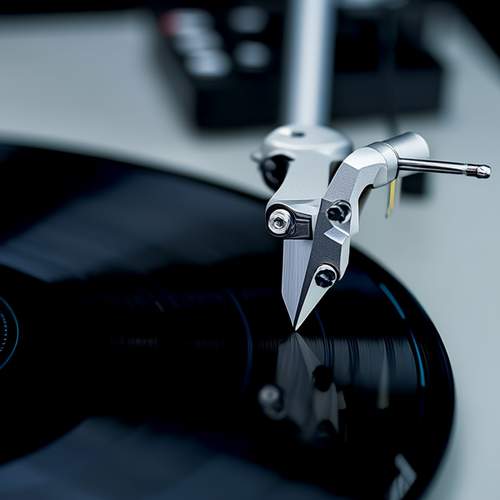
By /May 30, 2025

By /May 30, 2025
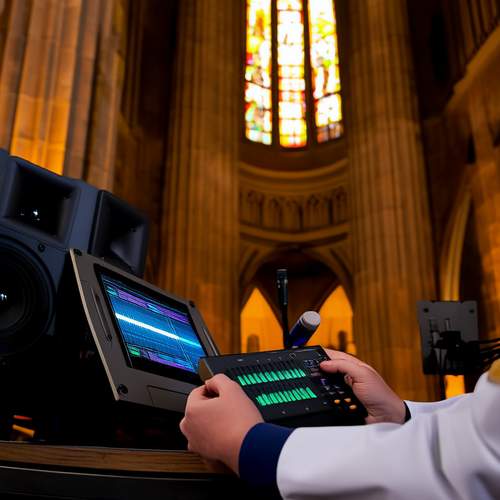
By /May 30, 2025
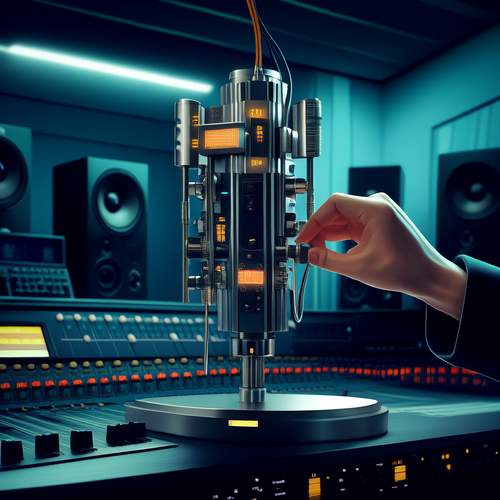
By /May 30, 2025

By /May 30, 2025
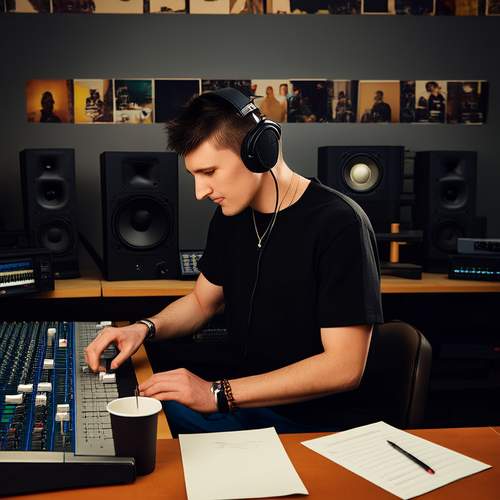
By /May 30, 2025
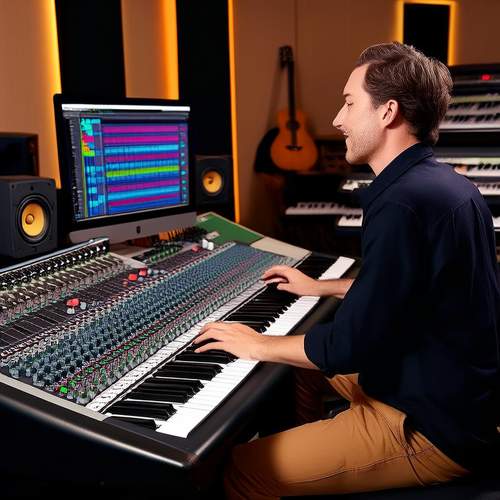
By /May 30, 2025
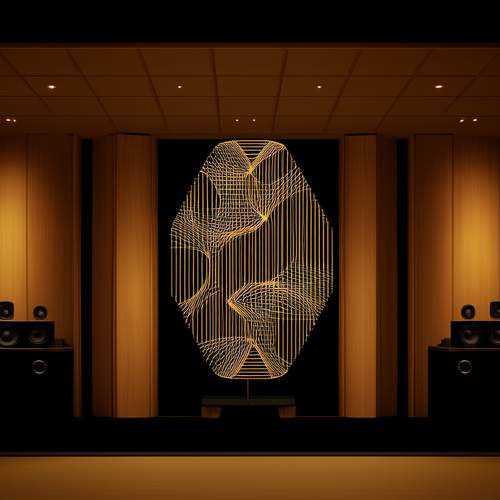
By /May 30, 2025
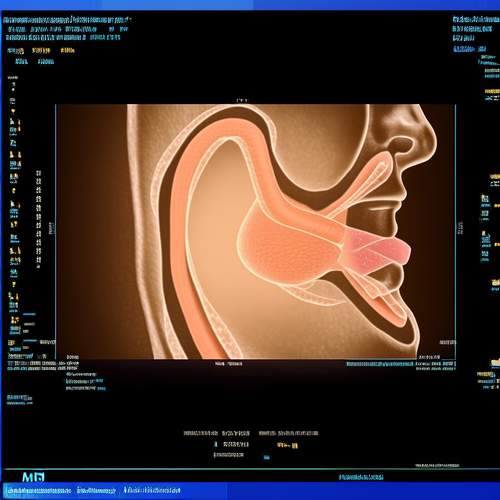
By /May 30, 2025

By /May 30, 2025

By /May 30, 2025

By /May 30, 2025

By /May 30, 2025